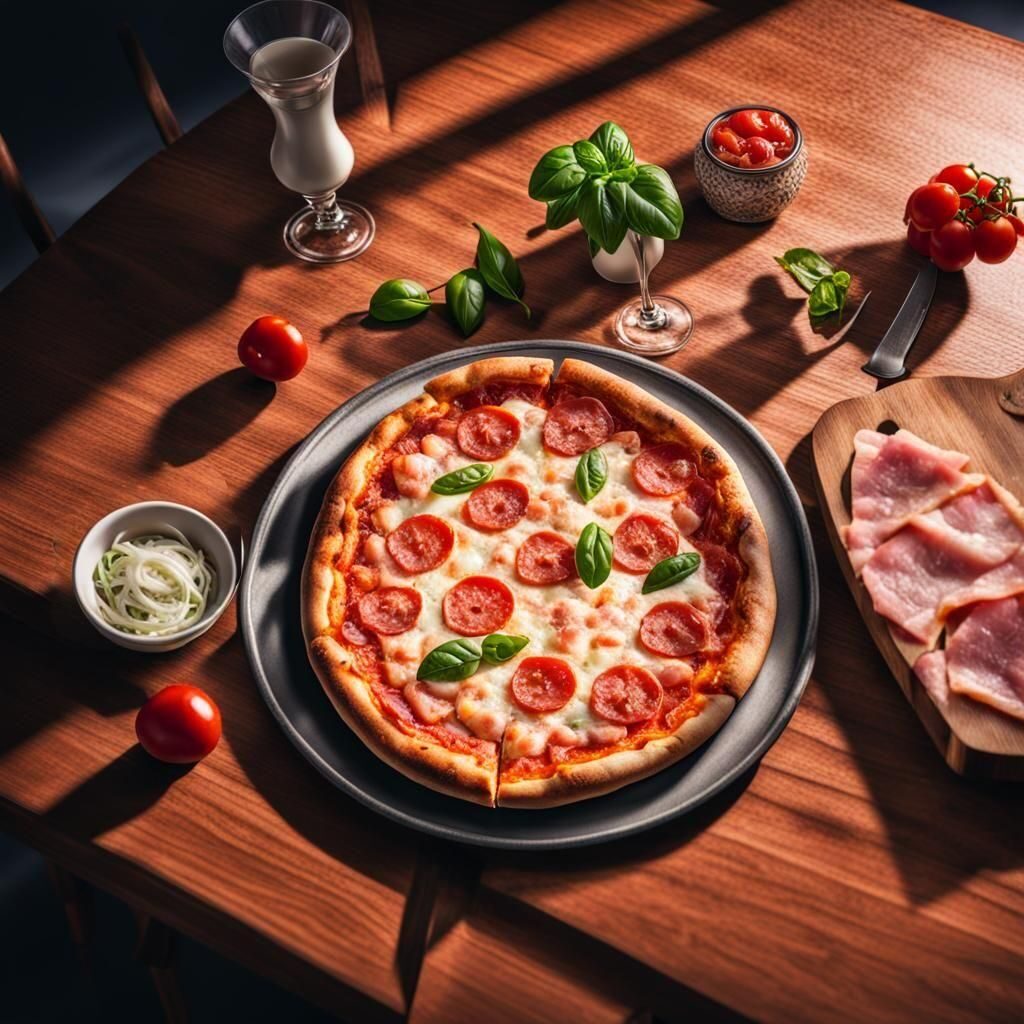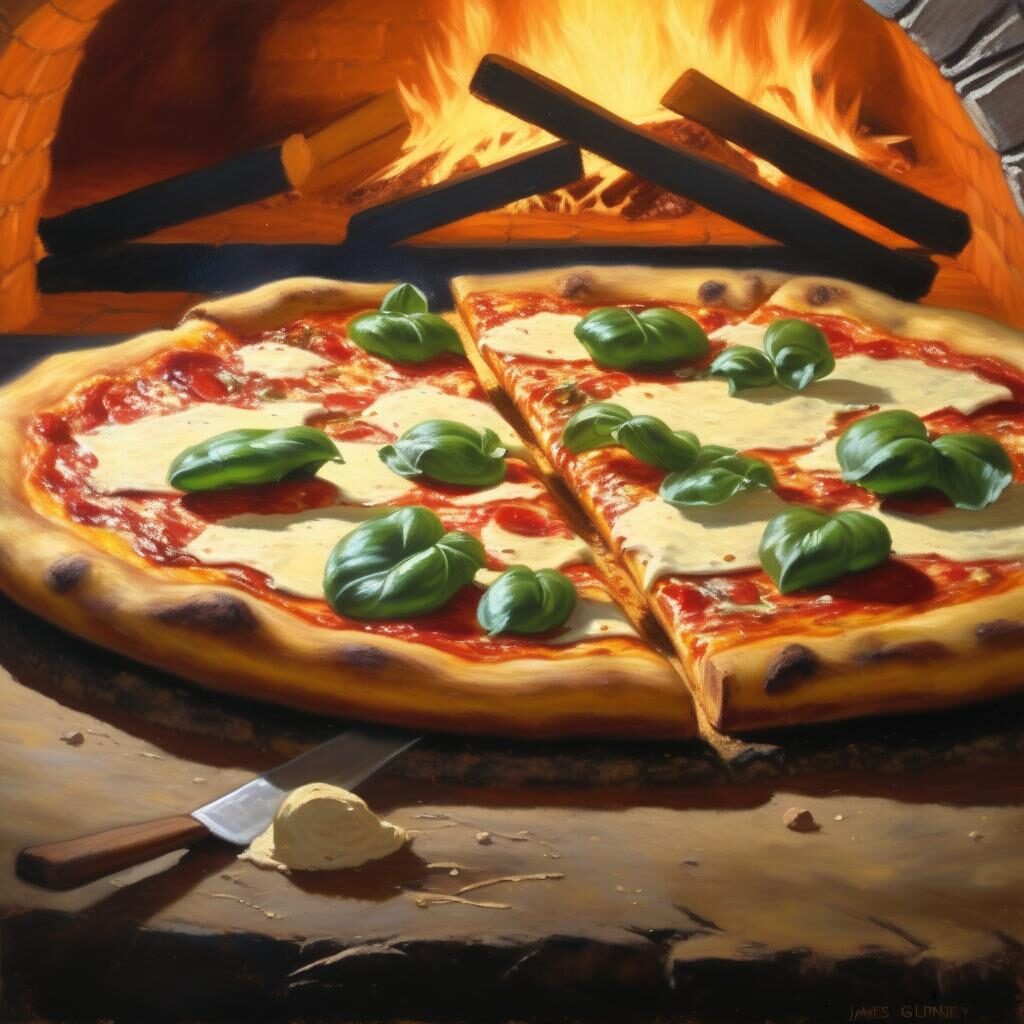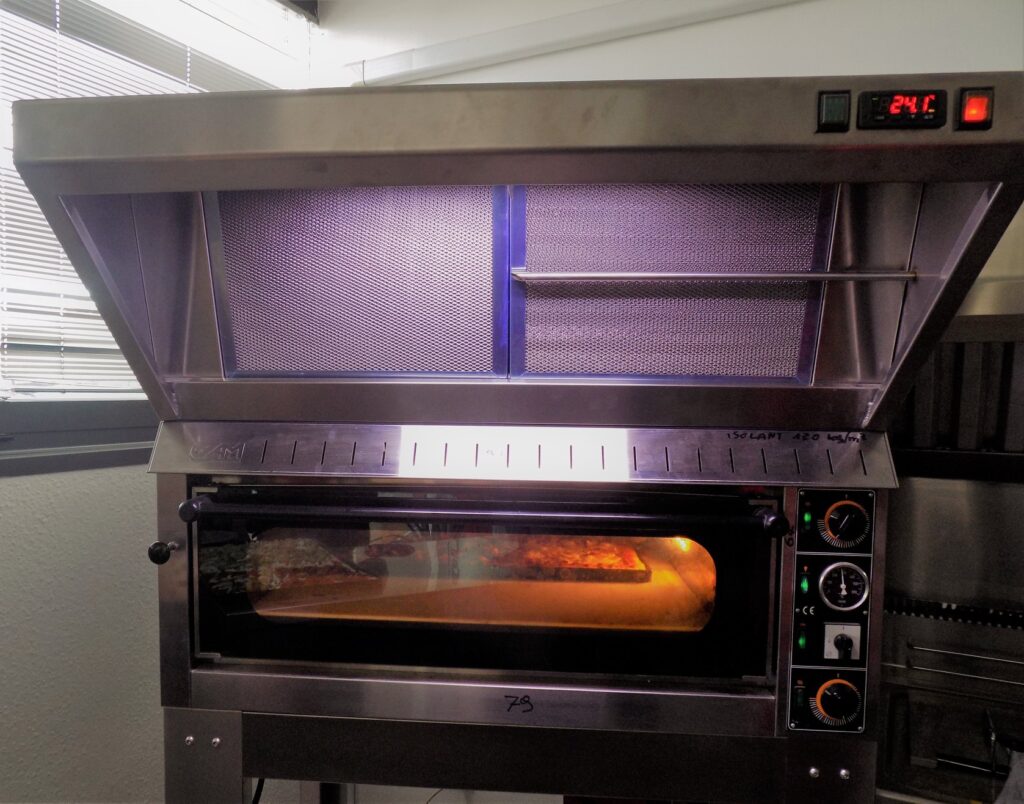The tastiness of pizza depends above all on its soul: the dough.
This contains also salt and vegetable fats (in most cases olive oil): which, let’s face it, make it more enjoyable.
But not everyone knows that these ingredients not only influence its sensorial quality but also its technical qualities, so to speak.
A recent scientific study focused on some of these qualities.
The paper is titled “Impact of salt and fat reduction under low pressure mixing on pizza dough properties“, and was published by a team of researchers from the University of Oniris, in Nantes, France (downloadable HERE).
It analyzes the impact that different quantities of salt and vegetable fats have on so-called “energy parameters“: the dough development time and the mechanical energy and average energy consumption required for its processing (kneading and rolling).
But let’s see what the most important conclusions are:
1) The greater the quantity of salt and/or fats, the longer the dough processing time will be necessary.
Vegetable fat acts as a “lubricant”, resulting in a reduction in the mechanical energy required for processing (and consequently energy consumption). On the contrary, doughs with only salt showed a higher electrical energy requirement.
2) Specific mechanical energy, and therefore average energy consumption, decreased with higher fat content and lower salt levels.
Fats improved the plasticity of the dough, reducing the force required for its processing through the pizza dough roller.
3) Deformation during cooking.
Deformation during cookingwas amplified with higher fat content highlighting its impact on the structure of the dough in the presence of high temperatures.
In short, what the study seems to suggest is that, just as it is important to balance salt and fat for our health, it is equally important to know how to dose them to obtain a pizza dough with the most “enjoyable” characteristics.
The study, specifically, suggests exactly half the proportions of salt and fat that are normally used for the preparation of commercial dough (for 100 grams of flour: 7.4 grams of fat and 1.05 grams of salt, against 14.8g and 2.1g respectively)
Well, yeah. Health is important. As is the consistency of the dough.
But a 50% reduction seems to me a somewhat draconian measure…
Anyhoo… fancy an Inox Bim retarder proofer for your dough?
How much salt you’ll put in it, it’s none of my business!

 Italiano
Italiano













